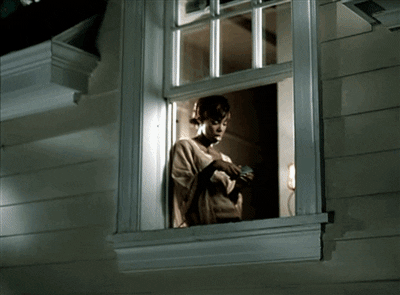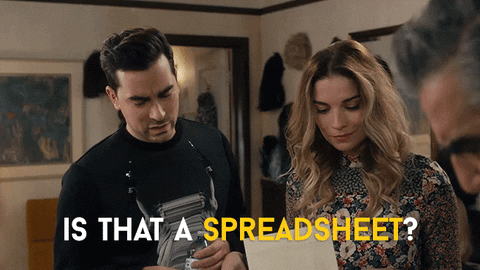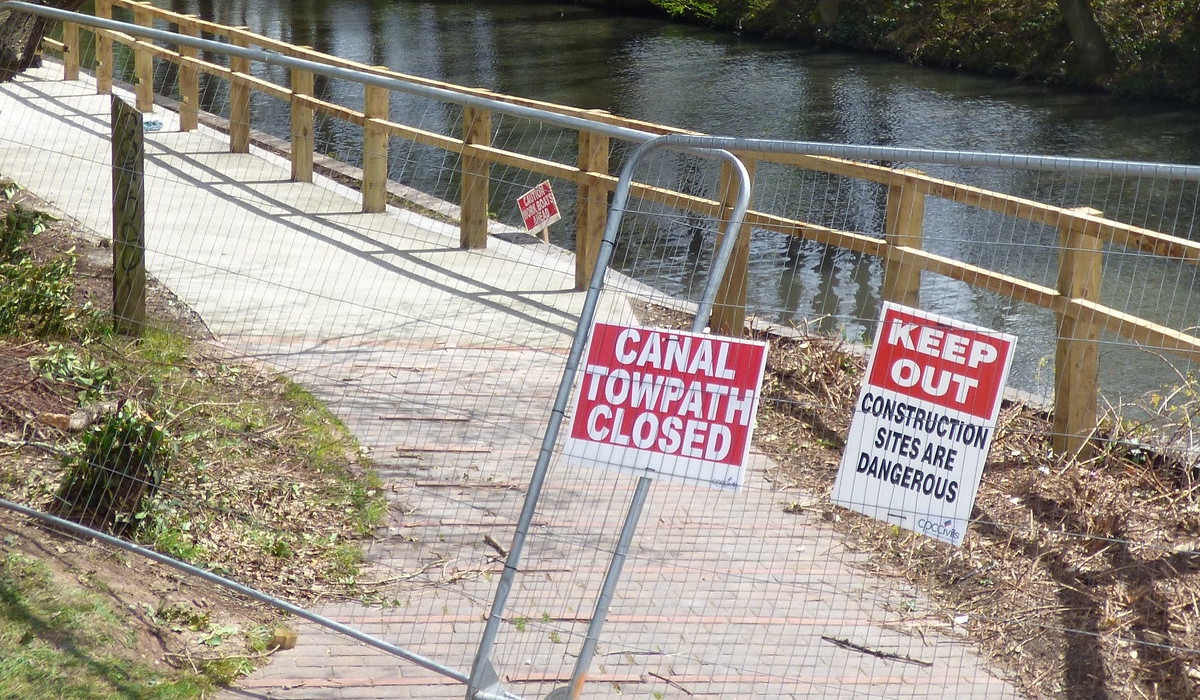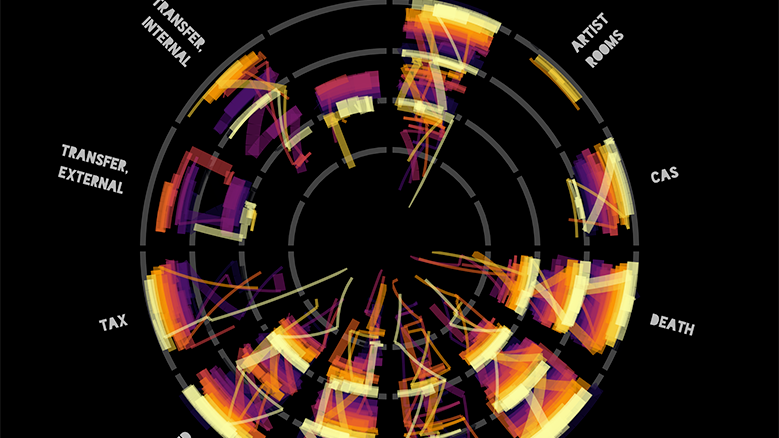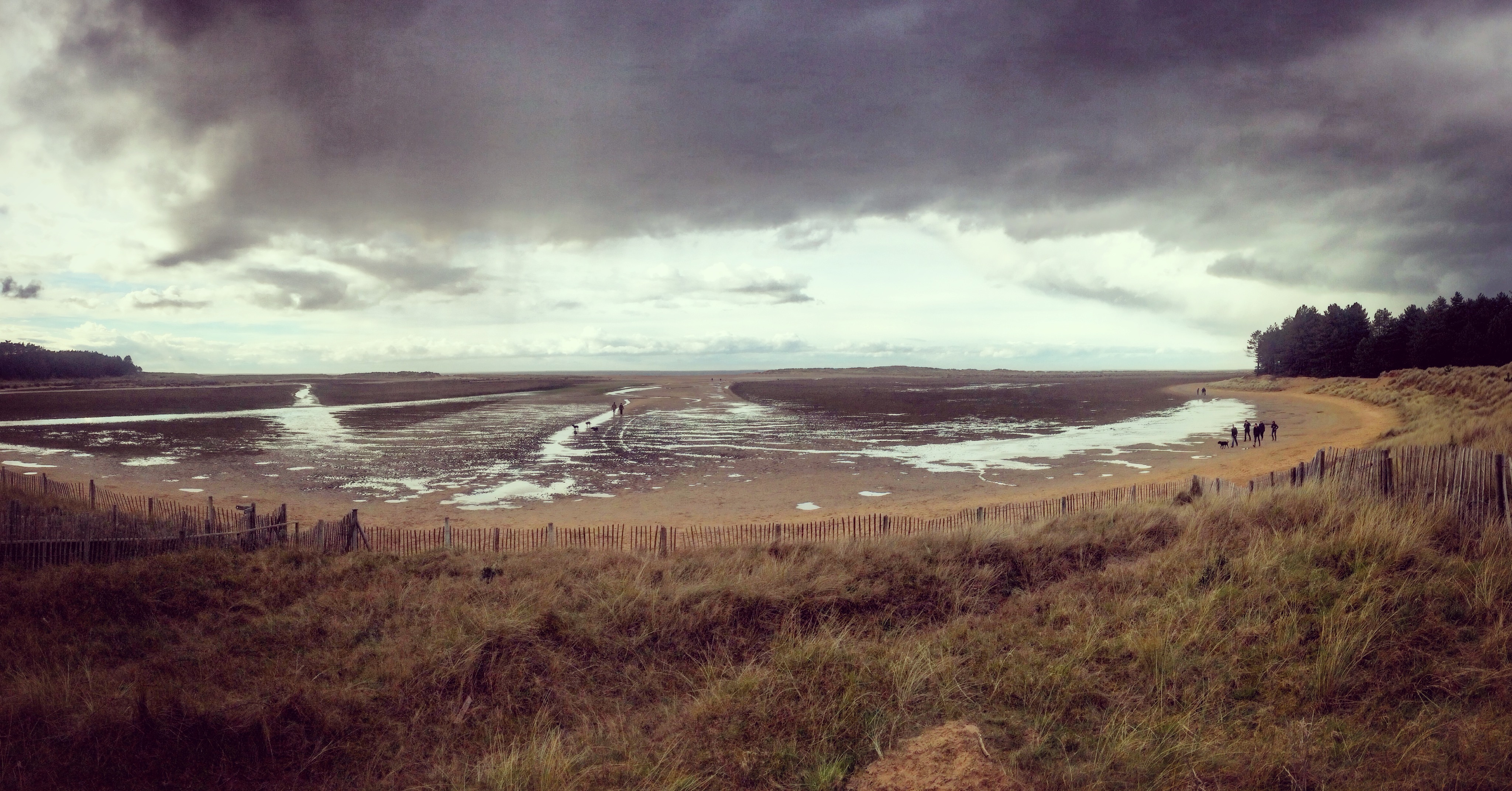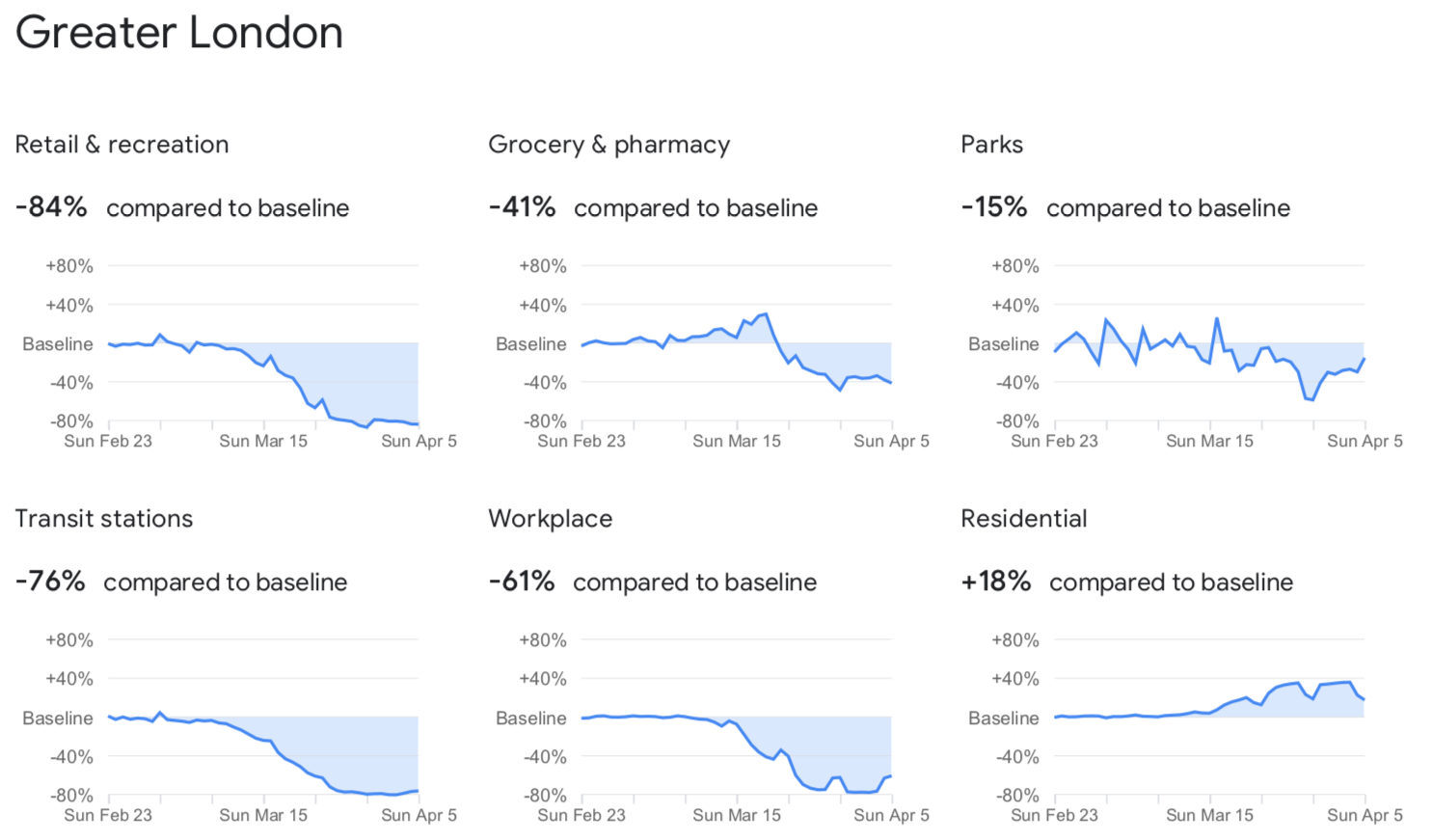Posts tagged: r
2024-04-12tidyods and shrthnd are on r-universe
At some point I’ll probably get round to putting {tidyods} and {shrthnd}
on CRAN, but in the meantime I’ve set up a repository on
R-universe that hosts these two packages.
2024-04-11Introducing shrthnd
About a year ago I started development of a new R package to deal with dirty data, specifically to process the use of shorthand, symbols and other annotations in columns of spreadsheets and tables. I realised I’ve not blogged about it, and thus if one subscribes to “blog-driven-development”1 then if I’ve not blogged about it the package doesn’t exist.
2023-06-08Using Quarto and {officer} for semi-automating PowerPoint slides
I’m working on a project where one of the outputs is a deck of Microsoft
PowerPoint slides that act as a reference guide1. Outside of contents,
introductory and annex slides the bulk of the slides follow the same format
with a simple table providing metadata about a suite of around 90 indicators.
Using the gtcars dataset
I’ll demonstrate how I’ve used Quarto and the
{officer} package to automate some
of the workflow.
2023-05-01Refactoring and improving {tidyods}
Last summer I started
the development of {tidyods}, an
R package for reading cells in ODS (OpenDocument Spreadsheet) files, and
effectively a {tidyxl} equivalent for
ODS files. After developing the first iteration of the package in June I left
it alone, but I’ve recently revisited the package and refactored the code which
has improved performance.
2023-04-15Beep... boop... boot, booting the narrowbotr off Twitter
Back in November after the various developments with Twitter, I worked out how to get my Twitter bot to run on Mastodon. Since the Twitter takeover there have been various announcements from the new owner and official Twitter accounts about free access to the Twitter API being suspended, although these have usually come and gone without said suspension happening.

